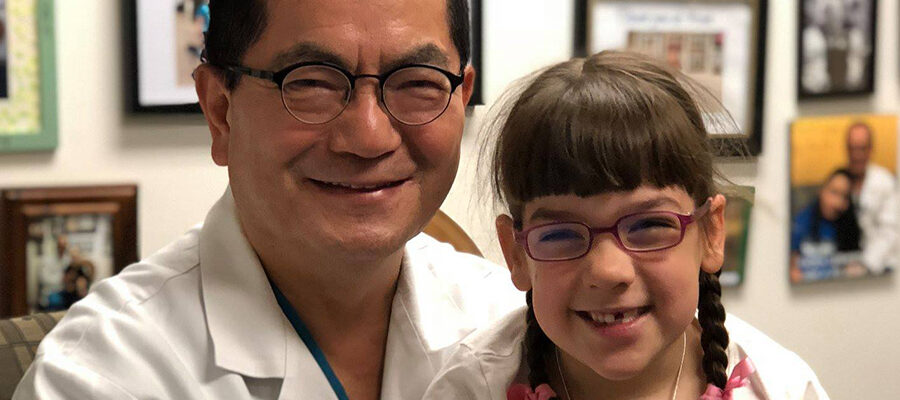Spasticity & Cerebral Palsy

Call 314-454-2810 for Patient Appointments
What is spasticity & cerebral palsy?
Selective dorsal rhizotomy (SDR) is a neurosurgical procedure that reduces spasticity and improves the ability to walk and stand.
Why rely on Washington University experts to treat spasticity and cerebral palsy?
The Center for Cerebral Palsy Spasticity at St. Louis Children’s Hospital has the most experienced neurosurgeons in the world who treat spastic cerebral palsy in children as well as adults up to age 40. Our neurosurgeons are nationally and internationally recognized for the development of a novel, less invasive procedure to treat spastic cerebral palsy called Selective Dorsal Rhizotomy (SDR). In addition, we also offer procedures such as percutaneous release of muscle/tendons (PERCS) after SDR, and comprehensive physical therapy.
Selective Dorsal Rhizotomy (SDR) Treatment
Washington University neurosurgeons in The Center for Cerebral Palsy Spasticity at St. Louis Children’s Hospital developed the less invasive SDR procedure. Since 1987, we have performed more than 2,600 SDR surgeries on children and young adults from 53 countries. With more than 800 of these pediatric SDR patients now in adulthood, the Center clearly has demonstrated the efficacy and safety of the SDR procedure.
SDR has many benefits, including
- reduced risk of spinal deformities in later years
- decreased post-operative motor weakness
- reduced hip flexor spacticity
- less intense back pain
In addition to SDR, we also offer procedures such as percutaneous release of muscle/tendons (PERCS) after SDR, and physical therapy.
Children under the age of 18 must meet the following criteria before being considered for SDR:
- diagnosis of spastic diplegia or spastic quadriplegia
- history of premature birth; if born at full term, child must have typical signs of spastic diplegia
- no severe damage to the basal ganglia on MRI examination
- patients exhibit potential for improvement in functional skills after dorsal rhizotomy